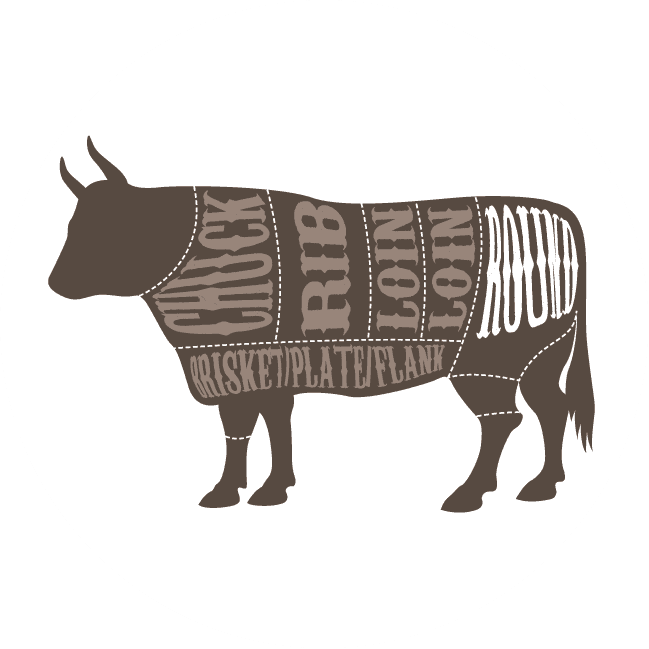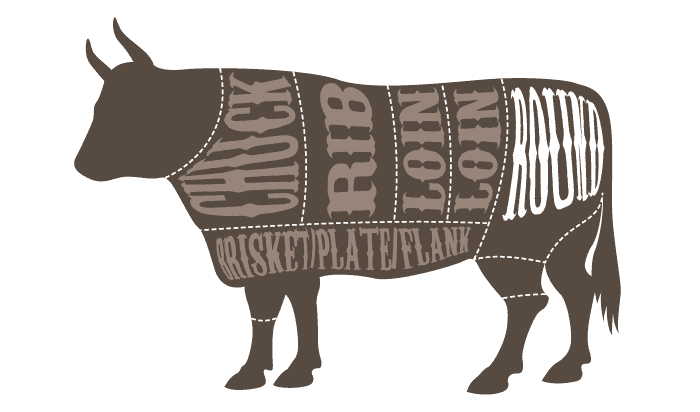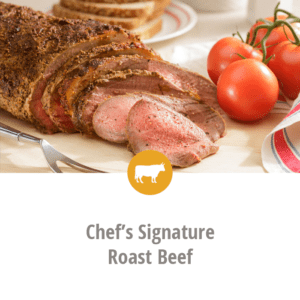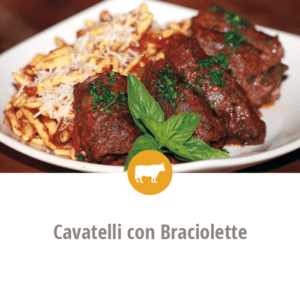The Basics of Beef Roasting: The Round Primal

August 9, 2016

For menu makers who want to dress up their beef offerings with some economical but flavorful items, the round primal has just what you need.
Located on the hindquarter, the round primal produces seven subprimal cuts that, with a bit more cooking skill and time, will offer great results. The meat tends to be leaner and the muscle more developed, lending itself to moist cooking methods such as slow-roasting, braising or pan-frying. The resulting entrees are a perfect fit for the fall and winter menus ahead.
Of the seven subprimals, three are most commonly used in commercial kitchens: the top or inside round, the outside or bottom round and the eye of round. The remaining cuts are popular at the retail (grocery) level, sometimes portioned as roasts, such as the rump and bone-in round; sometimes as cube steaks or Swiss steaks; and quite often processed into ground beef.
The hefty primal is no doubt familiar to banquet chefs, who impress guests with the steamship round, a behemoth that weights between 45 and 55 pounds before roasting. The steamship round typically comprises the majority of the subprimals, minus the rump and the shank. Removing those two portions allows this large roast to stand on-end, which delivers an affordable, flavorful statement at catered events. Be aware, however, that the muscles do not line up in the same direction, so carve this piece with care, to make sure each slice falls correctly across the grain of the meat.
Taken individually, the round’s subprimals are the basis for memorable sandwiches and cold cuts. For example, our supplier, Creekstone Farms, shared a recipe for Chef’s Signature Roast Beef that features the eye of round, part of the bottom round. As with many roasts from the round, this one is slow-cooked, chilled and then thinly sliced.
Cooking isn’t the only option for the eye of round. Thanks to its compact shape, natural leanness and full flavor, this piece is in demand for the chilled, raw-beef specialty, carpaccio. Chefs prefer the eye cut because of its high yield and favorable cost.
Working on the perfect French Dip or Italian beef sandwich? Consider the top (or inside) round, which, like the bottom round, develops taste and tenderness from slow-roasting. The sandwich will benefit, too, from the pan juices created as the top round roasts.
This part of the round is also a natural for braised entrees. Famed chef Maurizio Mazzon, from Italian dinnerhouse chain Il Fornaio, takes full advantage of the top round in his recipe for Cavatelli con Braciolette. The braciolette, which are small meat rolls, start with thin-pounded slices of the top round, filled with herbs, pancetta and cheese, then slow-simmered with tomatoes and seasonings.


